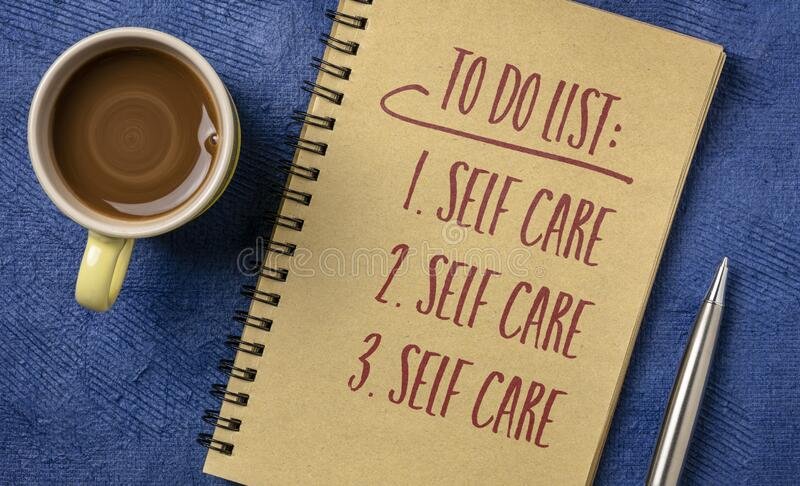Self-care has become a buzzword in recent years, but what does it really mean? At its core, self-care is any deliberate action we take to nurture our physical, emotional, and mental well-being. This can include everything from getting enough sleep and exercise to taking time to engage in activities that bring us joy.

Why is self-care important? For one, it allows us to recharge and replenish our energy so that we can show up in the world as our best selves. When we neglect our own needs, we can become burnt out, resentful, and even ill. Additionally, practicing self-care helps us cultivate a sense of self-compassion and self-love, which in turn can lead to better relationships with others.
Practicing Self-care with mindfullness
So how can we practice self-care with mindfulness? Here are some tips to get started:
Emotional self-care:
One important aspect of self-care is taking care of our emotional well-being. This can involve practices such as journaling, meditation, therapy, or talking to a trusted friend. When we are able to process our emotions in a healthy way, we are better equipped to handle life’s challenges.
Daily practices:
Self-care doesn’t have to be a big, elaborate event. In fact, small daily practices can be just as powerful. This could mean taking a few minutes to stretch, going for a walk outside, or even simply taking a few deep breaths when you feel stressed.
Create a routine:
Building self-care into your daily routine can help make it a habit. Try to identify specific times during the day when you can take a few minutes to practice self-care, whether that’s in the morning before work, during your lunch break, or in the evening before bed.
Be mindful of your body:
Pay attention to your physical needs, such as getting enough sleep, eating nourishing foods, and staying hydrated. This can also involve taking breaks throughout the day to stretch or move your body.
Practice self-compassion:
Finally, remember that self-care is an act of self-love. Treat yourself with kindness and compassion, and don’t beat yourself up if you don’t always get it right. Self-care is a process, and it’s okay to take it one step at a time.
How to Build a Self-Care Movement
Here are some key steps to building a self-care movement:
Start with education:
Many people still view self-care as a luxury or a selfish indulgence, rather than a necessity for maintaining their physical, emotional, and mental health. To build a self-care movement, we need to educate people about the importance of self-care, and help them understand how it can benefit them and those around them. This can involve everything from public campaigns to workshops and educational resources.
Foster a culture of self-care:
To build a self-care movement, we need to make self-care a part of our cultural consciousness. This means normalizing self-care practices and making them a central part of our daily lives. It also means encouraging workplaces, schools, and other institutions to prioritize self-care and create environments that support it.
Make self-care accessible:
For a self-care movement to be effective, it needs to be accessible to everyone, regardless of their socioeconomic status or background. This means providing resources and support for people who may not have the means to access traditional self-care practices, such as therapy or expensive wellness programs. It also means creating inclusive spaces that welcome people of all genders, races, and identities.
Encourage collective action:
Self-care is not just an individual pursuit – it is something that can be strengthened through collective action. To build a self-care movement, we need to encourage people to come together and support each other in their self-care journeys. This can involve everything from forming support groups to advocating for policies that support self-care.
Advocate for change:
Finally, to truly build a self-care movement, we need to advocate for systemic change. This means pushing for policies and programs that prioritize self-care, from healthcare systems that support mental health to workplace policies that promote work-life balance. It also means challenging cultural norms and expectations that prioritize productivity over well-being.
Conclusion
In conclusion, building a self-care movement is a crucial step towards creating a healthier, more sustainable society. By educating people about the importance of self-care, fostering a culture of self-care, making it accessible to all, encouraging collective action, and advocating for change, we can create a world where self-care is seen as a fundamental right, rather than a luxury. Let’s come together and build a self-care movement that empowers everyone to prioritize their own well-being.





